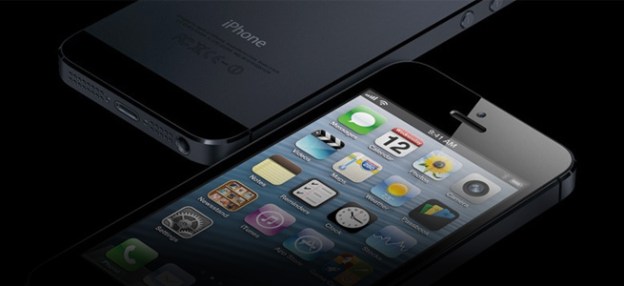 Apple has reportedly ordered a drastic cut in orders for iPhone 5 components. According to the Wall Street Journal, the move comes in response to “weaker-than-expected demand” for the tech company’s handset.
Apple has reportedly ordered a drastic cut in orders for iPhone 5 components. According to the Wall Street Journal, the move comes in response to “weaker-than-expected demand” for the tech company’s handset.
The WSJ said it had received its information from “people familiar with the situation”. The source said the decision to reduce output had been made for the current January-to-March quarter and included a cut in orders for the handset’s screen, among other components. The report claimed Apple now only required “roughly half of what the company had previously planned to order.”
According to Reuters, news outlet Nikkei reported similar information this weekend, claiming several iPhone display manufacturers in Japan “expected to temporarily reduce output by 70 percent to 80 percent compared to the October to December period.”
These reports tally with a Business Insider piece earlier this month which linked Apple’s stock price drop in December to analysts’ claims that the Cupertino company was scaling back production of the iPhone 5 in 2013’s first quarter.
Though weaker-than-expected demand may well be the reason Apple has had to reassess its original order, other factors could be at play. As Business Insider suggested, it might simply be that, following reports of a problematic start with iPhone 5 production when it launched in September 2012, Apple got back on track late last year and ended up manufacturing more handsets than expected.
Alternatively, it may be that the tech giant is gearing up to launch an iPhone 5S or 6 in the middle of this year, though of course nothing’s certain on this matter. There has, however, already been a fair amount of talk about such a release date for the next version of Apple’s handset, and as we’ve seen in the past with the iPhone, when the rumor mill gets going, demand for the current device typically falls as consumers wait for the latest iteration to appear.
Either way, it’s not as if sales of the iPhone are about to crash through the floor. Despite stiff competition from rivals such as Samsung, Apple continues to hold strong in the smartphone market. Figures published by comScore at the start of the year showed that in the US it actually increased its OEM market share by 1.4 percent for the three-month period ending in November over the previous three-month period. Samsung, in comparison, managed a 1.2 percent increase.
Editors' Recommendations
- An Apple insider just revealed how iOS 18’s AI features will work
- 5 phones you should buy instead of the iPhone 15
- iPhone 16: news, rumored price, release date, and more
- iPhone SE 4: news, rumored price, release date, and more
- 3 reasons why I’ll actually use Anker’s new iPhone power bank


